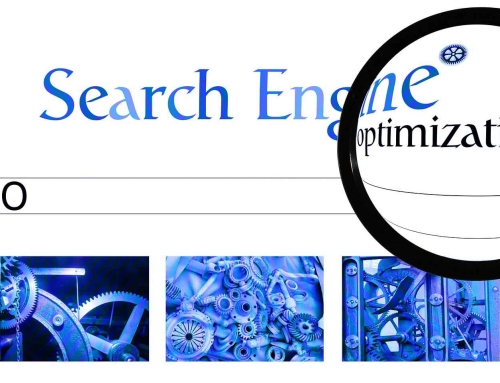Brand sprints can turn casual site visors into superfans.
Most websites don’t convert visitors into paying customers. Leads are lost all the time because there are important messages and design elements that are missing from your website. Visitors become confused or disengaged and go find your competitors’ sites instead where they easily get their questions answered and sign up. If you’re experiencing this challenge, then you’re in the right place.
In this article, I will walk you through the five steps of the Brand Sprint as we teach it in the Strategy Sprints® method.
Step 1: Define the hero and the mission
Most websites don’t have a hero, or they have defined the wrong hero. If you have 25 testimonials, then you are positioning yourself as the hero. And guess what? The people visiting your website aren’t looking for heroes. They want that position for themselves. When a hero sees another hero, they say, “Hey pal, great to see you but see you later. I’m on my own mission to save the princess—or the prince—right now.” That’s why a good hero isn’t your brand.
Related: Ecommerce: The Essential Components Your Site Needs to Turn Visitors Into Buying Customers

Step 2: Pick one villain and a plan to beat them
Pick one villain. The problem with most websites is they have too many villains. Due to fear of leaving something out, you will say, “I help you do this and that and that and that.” Those lists make your reader tune out from your message and say, “Goodbye.” Another issue that can happen is there is no villain. No villain, no story. In those cases, with no enemies or obstacles, there’s no need for a guide, so you are essentially writing yourself out of your own story.
Step 3: Call to action
Then comes your guidance. We know who the hero is and their mission. The villain is clearly defined with external, internal, and philosophical problems, which are personified, and you contrast yourself as the guide with a plan to help the hero achieve the mission. You present your clear plan and quality control, and then the ball is in the hero’s court. Do they stay on your site and engage with your lead magnet or schedule a call, or do they leave and check out another site? That depends on your call to action (CTA).
I teach my coaches to create CTAs that move readers first internally and then externally.
Now, let me ask you… pull up your website again. What are your calls to action? Check how you are inviting the hero to act. Is it clear? Is it a warm-up? Do you repeat it at least four times? If not, make those changes and look forward to hotter website leads.
Related: 5 Things to Know Before Launching An Ecommerce Business
Step 4: Describe success
Show the hero what it will look, feel, sound, taste, and smell like to succeed in their mission. What’s it like at the destination you’ll bring them to when they work with you? That’s the picture that you need to paint of how you’ll lead them to make positive changes in their lives. Also, paint the opposite picture. What will failure on this mission be like? In these descriptions, you show the hero what they very much do want and don’t want, positioning yourself as the guide to ensure success, without whom looms imminent failure to be avoided at all costs.
What does success look like if they use your offerings? You show them:
- This is how it looks.
- This is how it feels.
- This is where it is.
- This is why you want to be here.
- These are the numbers.
Make a picture of those answers for your hero in words and in visual. And, you need to tell, tell, tell that story on your website and anywhere else your brand has a presence.
Contact us today to help you get more conversions on your website.
Related: Building an eCommerce Website: 8 Technical Aspects You Need to Know
It’s up to you to create the visual and copy messages that make it clear how you help your heroes avoid failures and achieve success. When your website clearly conveys these ideals, you will get more clients for your business achieving significant results and mitigating mistakes by working with you.
Step 5: Summarize the hero’s transformation
Summarize that shift in a concise and appealing manner, and you have your own transformational offer in which you bring people from point A to point B. The journey you describe shows how you help the hero succeed and avoid failure, and when you do this well, you complete your Brand Sprint.


















Leave A Comment
You must be logged in to post a comment.